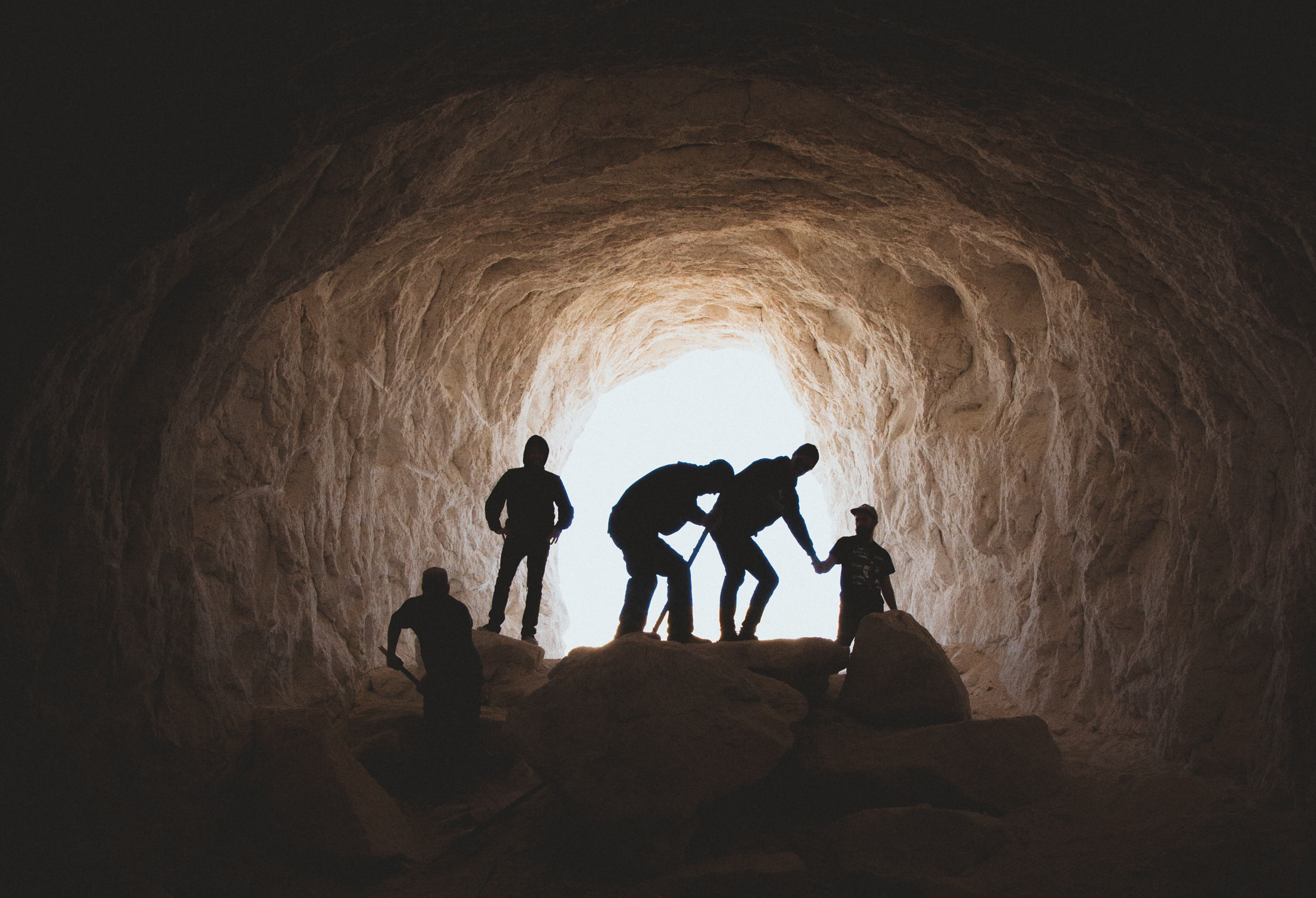If there was any doubt that industries and markets are interconnected, the coronavirus offers visceral proof. When large areas of commerce grind to a halt, shockwaves are felt throughout the global system.
Sooner or later, though, COVID-19 will recede into history. The machines of industry will fire up again. When that happens, will it be business as usual? Or will we understand our place in the global value chain more clearly?
A valuable precursor?
In a sense, the mining industry has had a valuable precursor to the pandemic. For years now, we’ve been dealing with fallout from operational short-sightedness during the millennium boom. In particular, a relentless focus on production – fuelled by a prolonged spike in demand – eventually exposed our technical inefficiencies, and our vulnerability to the whims of the market.
In recent years, much of our focus has centred on strategic improvements that could help shield us from changes in the market. If we make our operations leaner and more flexible, we can adapt to different market scenarios with far greater poise – avoiding, at the very least, the kind of hangover we experienced in the 2010s. Digital blasting is one of the practical ways to achieve such gains, and to give mining operations more lean muscle.
Metals for decarbonisation
Social license is another point of focus for mining interests. No business – especially no business in the resources sector – can hope to achieve anything without careful atonement to the social landscape. Mining companies and their partners already know they have to be more aware of realities on a local, state, national, and global level. Making strides toward environmental responsibility is important. We also need to be educators on why the mining industry is essential.
One of the hot spots of the social license conversation is mining for sustainable energy. All signs point toward a lucrative future for EVs, solar farms, and windmills – but large quantities of rare earth metals are needed for these technologies, and these metals that are sometimes concentrated in areas of socio-political instability.
Serious ethical concerns arise, for example, from the presence of child labour in DRC’s cobalt mines. The ore contained in those deposits is valuable to the future of the world, yet the capacity to regulate its production suffers for socio-political reasons, and for the desirability of the ore itself.
Furthermore, we still don’t know where other deposits of rare earth metals will be discovered (especially as subterranean exploration becomes more viable) and how their locations could affect the global supply chain.
Without careful navigation, these situations could hinder the global uptake of low-carbon and zero-carbon technologies.
If regulatory capacities are found to be lacking, a social consensus has to be formed within the industry. This is happening with collectives like the Alliance for Responsible Mining (responsiblemines.org).
In other words, the power of social license has to manifest around the problem, and ethical solutions have to be explored. If there is no alternative to get at the necessarily supply of specific rare earth metals, difficult choices will have to be made. It isn’t known how much cobalt in the DRC is involved with child labour, but once the material exists and is mined, it has been (and will continue to be) difficult to prevent it back-channelling into the global supply.
Blockchain technologies are one of the promising ways in which metal could be authenticated to its source. This could help root out unethical practices, leading to a healthier and more successful collective enterprise.
A smarter industry
COVID-19 continues to reveal the ways in which the world’s energy and profit systems are interconnected. The reinvention of the mining industry has been underway for some time, and we already have a strong idea of what needs to change. The coronavirus pandemic underscores the importance of being an innovative industry that gets smarter and more sustainable every year.







